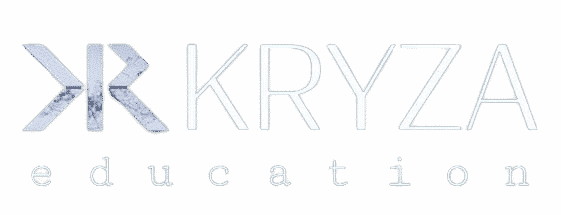MetaMask VII: Custom networks and sidechains
As the Ethereum ecosystem grows, a very popular option for building new technologies is to build a custom network, or a sidechain–in other words, another blockchain or network that is compatible with Ethereum–and then allow users to transfer tokens, or value of some kind, between the networks. There are many prominent examples, and as Ethereum scales, they will no doubt […]
About Course
As the Ethereum ecosystem grows, a very popular option for building new technologies is to build a custom network, or a sidechain–in other words, another blockchain or network that is compatible with Ethereum–and then allow users to transfer tokens, or value of some kind, between the networks.
There are many prominent examples, and as Ethereum scales, they will no doubt grow and evolve. MetaMask has been, and continues to be, a crucial linchpin allowing users to move more or less seamlessly between networks.
That said, there are some significant, and common, pitfalls when dealing with sidechains that you want to avoid. The present article is written to be a non-definitive guide to best practices when dealing with sidechains. We can’t hope to capture all the nuances of dealing with every instance of every sidechain; the following are general guidelines. Troubleshooting tips are further down.
Course Content
Custom networks and sidechains best practices
-
1. Do your due diligence
-
2. Ensure accurate and correct custom network information
-
3. Always use established bridges or portals to move tokens between networks
-
4. NEVER send tokens directly from one network to another
-
5. Be aware of the limitations on technical support
-
6. Understand how gas works on different networks
Student Ratings & Reviews

Related Courses

I am text block. Click edit button to change this text. Lorem ipsum dolor sit amet, consectetur adipiscing elit. Ut elit tellus, luctus nec ullamcorper matti pibus leo.
Student
- Tutorials
- Resources
- Guides
- Examples
- Docs
Teacher
- Business Strategy
- Become A Teacher
- Project Management
- Membership
- Brand Assets
Useful links
- Contact
- About Us
- Privacy Policy
- Terms & Condition
- Student spotlight
Disclaimer
Our crypto assets concerned are not considered financial instruments, electronic money, structured deposit, and the activities carried out are not considered regulated activities Cryptocurrency assets has relatively huge fluctuations in their prices. Please do judge your own investment capabilities rationally and make your investment decisions cautiously. The information and analysis contained in KRYZA sites and social sites,groups reflect the privacy of the authors and is not an investment analysis or investment advice. When making any investment decision, the suitability of the given investment can only be determined by an examination tailored to the person of the given investor, for which the author of the post does not undertake and is not suitable. Therefore, before each investment decision, find out in detail and from several sources, if necessary, consult your personal investment advisor!




